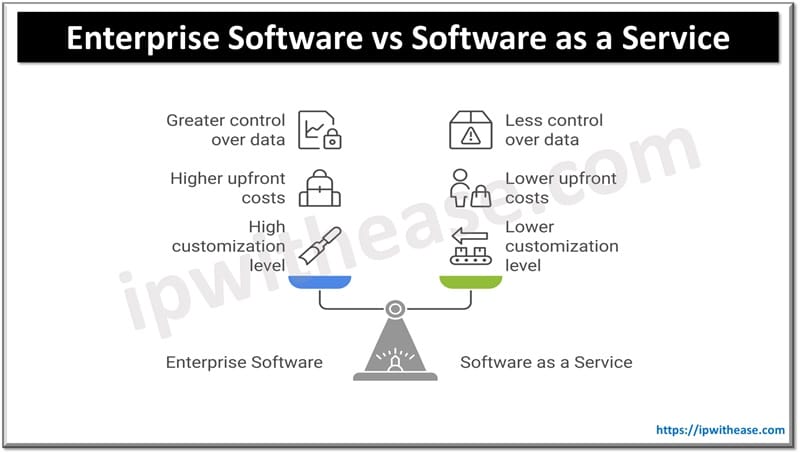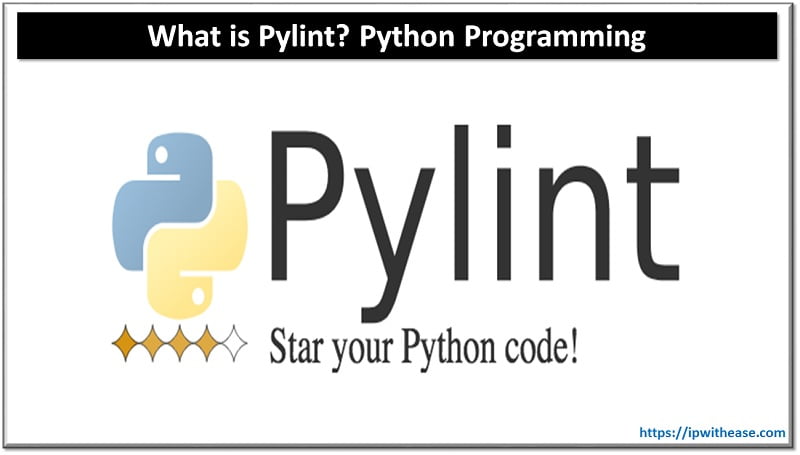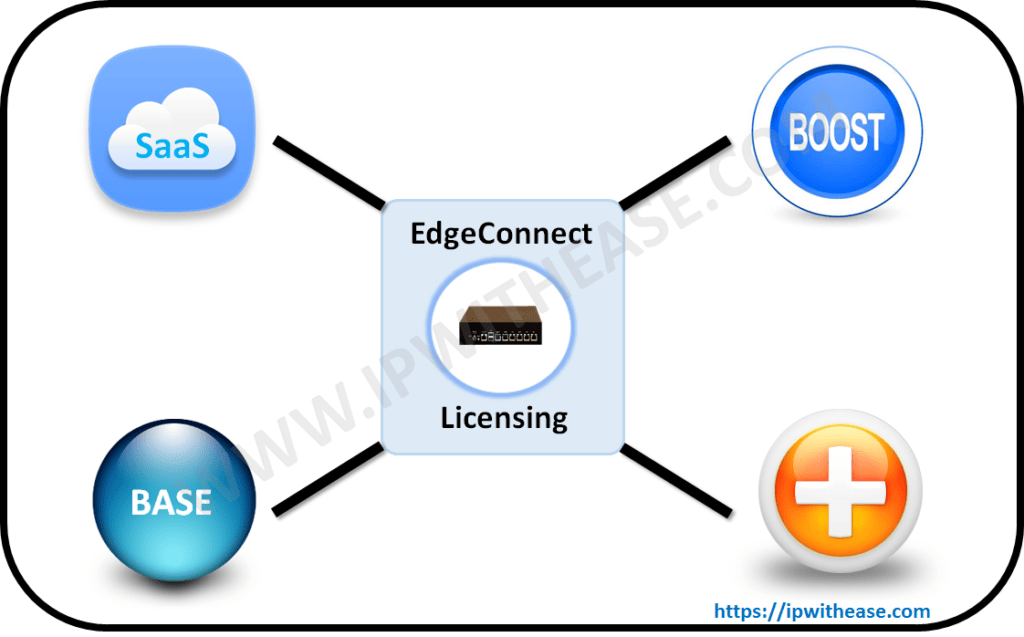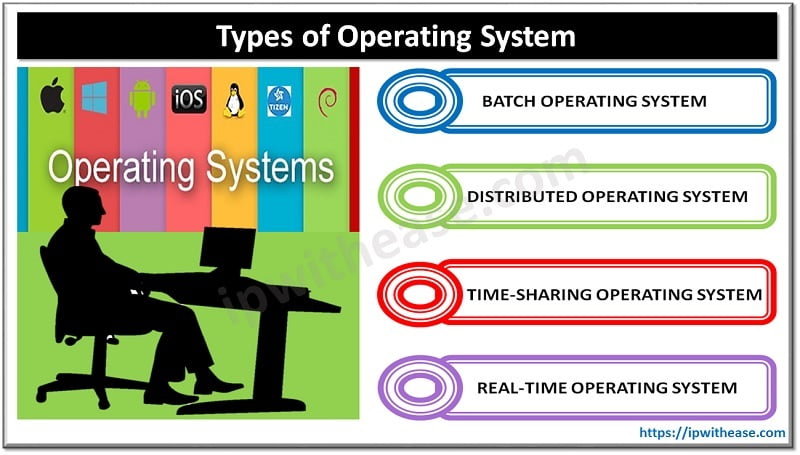Table of Contents
Organizations deploy software for its customers or for self-usage. Software can be deployed internally on on-premises servers or could be rented out to its customers and hosted on cloud or it could also be meant for internal use by company employees such as an ERP software used by various departments in an organization. Cloud hosted software usually referred as SaaS are available across the geographies and might be used by multiple organizations.
In today’s article we understand and compare the differences between Enterprise Software and Software as a Service (SaaS), their key characteristics and differences.

What is Enterprise Software
Enterprise software is usually designed to meet the organization needs. Any organization might have their own set of requirements and functions and to address that enterprise software’s are usually designed. Some common examples of enterprise software are Customer Relationship Management (CRM), Business Intelligence (BI), Enterprise Resource Management (ERM) etc. for order deliveries, logistics, payment collections, and accounting.
Features of Enterprise Software
- Ability of customization as you own this software so you can customize software as needed
- Querying and reporting supported with integration of third-party tools via ODBC or data sets in data warehousing
- Addresses all functional requirements
- Requires elaborate setup, maintenance which is an ongoing effort
- Elaborate testing requirements as these systems have elaborate configurations and customizations
- Require trainings and skilled manpower
What is Software as a service (SaaS)
Enterprise SaaS or Software as a service is usually purchased or developed by organizations. On rent , cloud host and accessible via internet. They usually aimed at general business users such as e-commerce applications.
Features of SaaS
- It is to setup and maintain
- Hosting provider manages underlying hardware required for SaaS software to operate
- Scalability is easier as usually the hosting provider manages the underlying infrastructure
- Limited customization with tools provided by SaaS providers
- Querying and reporting is limited as it involves processing overhead
- Total cost of ownership goes down over a period of time
- Data conversion is simpler
- SaaS software’s undergo regress testing before being offered for usage
- Online / on-demand trainings are available usually
Comparison: Enterprise Software vs Software-as-a-Service
| Features | Enterprise Software | Software as s Service (Saas) |
| About | Usually developed in-house or outsourced to a group of developers | Available as out of the box software for addressing business needs and can be configured as per business requirements |
| Maintenance | It is owned by organization business owners and they have the responsibility to maintain them | The SaaS software is maintained by its vendor or provider |
| Customization | Supports high level of customization as developed internally for specific business needs | Limited customization options |
| Total cost of ownership | TCO is higher as maintenance of enterprise software inhouse is a big investment | Pay as you go model is supported so it TCO is less over a period of time |
| Data conversion | Involves multiple iterations and broad sets of data usually | Data conversions are cheaper and condensed |
| Testing | Require elaborate testing procedures in place as they have multiple customizations and configurations to support specific business requirements | SaaS software testing is taken care by its provider or vendor |
| Trainings | Onsite trainings are required more focused on issue for which software was developed initially and organization centric needs | Online and on demand training options are available for SaaS software’s as they are more generic in nature from usage perspective |
| Ease of installation and upgrade | Enterprise software installation and upgrade is complex , requires specific hardware , software and skilled manpower. Upgrades usually involve addressing compatibility issues, downtime planning etc. | SaaS Software is usually read to install as soon as contract is signed. SaaS providers managed upgrades automatically |
| Scalability | Enterprise software require additional hardware and software investment when it comes to improve performance and handle additional workloads | SaaS offering are usually providing benefits of higher availability, reliability, scalability as underlying infrastructure is provided by cloud providers and business need not to worry about hardware upgrades etc. |
Download the comparison table: enterprise software vs saas
ABOUT THE AUTHOR

You can learn more about her on her linkedin profile – Rashmi Bhardwaj



